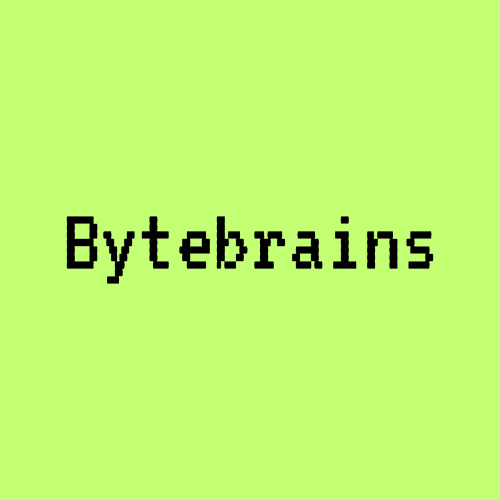Python language has revolutionized the world of programming. With its simple syntax, vast community, and powerful libraries, it has become one of the most popular programming languages today. Whether you’re a beginner looking to dive into coding or a seasoned developer seeking versatility, Python offers a comprehensive toolkit to solve real-world problems efficiently.
Introduction to Python Language
The Python language has emerged as a powerhouse in the programming world, thanks to its ease of use, vast applicability, and active community. First introduced in the late 1980s, Python was designed with readability and simplicity in mind, making it accessible to both beginners and seasoned programmers alike. Today, it stands as one of the top programming languages for software development, data science, artificial intelligence (AI), machine learning (ML), and web applications.
But what exactly is Python, and why is it so widely adopted?
What is Python Language?
Python is a high-level, interpreted programming language known for its readability and versatility. Unlike languages such as C or Java, Python’s syntax is clean and straightforward, resembling plain English. This simplicity reduces the learning curve, especially for beginners. Python is also an open-source language, meaning that its source code is freely available, and developers from around the globe contribute to its enhancement.
Whether it’s web development, data analysis, or even game creation, Python offers frameworks and libraries to facilitate almost any project. Python’s ‘batteries-included’ philosophy means it comes with an extensive standard library, supporting tasks like reading/writing files, generating random numbers, and working with dates, among others.
Why is Python So Popular?
There are several reasons behind Python’s meteoric rise in popularity:
History of Python
Python was created by Guido van Rossum in the late 1980s and was first released in 1991. Guido intended Python to be a successor to the ABC programming language, focusing on code readability and ease of learning. Over the years, Python has undergone multiple iterations, evolving to include features that support modern programming needs.
From its early days of being a general-purpose scripting language, Python has now grown into a dominant force in fields like machine learning, scientific computing, and back-end development. As of today, Python has two major versions in use: Python 2.x and Python 3.x, with Python 3 being the future of the language.
Features of Python Language
Python is packed with features that make it stand out among other programming languages. Some of its core characteristics include:
Advantages of Python
Python offers several advantages that make it a preferred choice for developers:
Python’s Place in Today’s Tech World
Python is widely used across various industries, from startups to Fortune 500 companies. Its applications are diverse:
Python Syntax and Structure
One of the main reasons why Python is so beloved is its clean and clear syntax. Unlike other languages that rely on braces or semicolons, Python uses indentation to define blocks of code. This makes it easier to read and understand, especially for newcomers.
Here’s a basic example of Python syntax:
def greet(name):
print(f"Hello, {name}!")
greet("World")In the above example, Python’s syntax is intuitive, making it a perfect first language for those new to programming.
FAQs About Python
How long does it take to learn Python?
The time required to learn Python depends on your background and how much time you invest. For most beginners, learning the basics can take a few weeks, while mastering advanced topics may take months.
Is Python suitable for web development?
Yes, Python is widely used in web development, particularly with frameworks like Django and Flask, which streamline the process of building robust web applications.
What is the difference between Python 2 and Python 3?
Python 3 introduced several improvements over Python 2, including better Unicode support, new syntax features, and more consistent behavior. Python 2 has been officially retired as of January 1, 2020.
Why is Python used in data science?
Python’s simple syntax, coupled with powerful libraries like Pandas, NumPy, and Scikit-learn, makes it an excellent choice for data analysis, machine learning, and statistical modeling.
Can Python be used for automation?
Yes, Python is highly effective for automation. It can be used for tasks such as web scraping, file handling, system monitoring, and automating repetitive tasks.
Should I learn Python if I want to get into machine learning?
Absolutely! Python is the preferred language for machine learning, with extensive support for algorithms, libraries, and tools used in AI and machine learning projects.
Conclusion
Python language has not only stood the test of time but continues to grow in relevance and demand across industries. Its flexibility, ease of learning, and vast applications make it an essential skill for any modern programmer. Whether you’re looking to build a website, analyze data, automate tasks, or explore the world of AI, Python remains one of the most versatile tools at your disposal.
